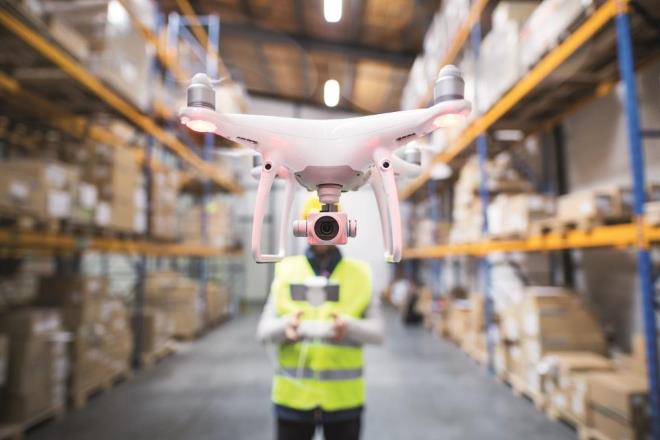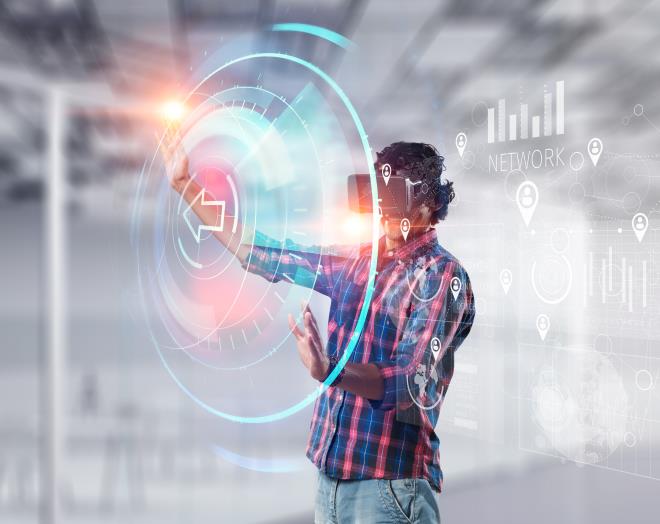The digital transfer is often described as the most comprehensive innovation since electrification. Artificial intelligence is seen as the next level to meet the greatest challenges of our time. In the future, Artificial Intelligence will permeate all areas of our lives and influence how we produce, work, consume and, of course, research.
Since the underlying challenges for AI range across several scientific areas, TU Dresden and Fraunhofer Society – have teamed up in a unique center, in order to bundle their expertise in a unique way and thus exploit the concentrated potential of scientists and practitioners.
The Center for Explainable and Efficient AI Technologies (CEE AI) already bears its vision in its name. When people recognize the methods and above all the advantages of artificial intelligence, for example in the interaction between man and machine, prejudices can be eliminated and acceptance in society can be improved. It goes without saying that optimizing energy efficiency in conjunction with ever-increasing amounts of data is of great importance. With the unique regional advantages of the strongest microelectronics location in Europe, an excellent university and strong industrial applications, however, one can draw on the full potential of the DRESDEN-concept.
I wish the CEE AI much success and good luck!
Prof. Dr.-Ing. habil. DEng/Auckland
Hans Müller-Steinhagen
Rektor of Technische Universität Dresden






 In the coming years, mobility will increasingly benefit from intelligent autonomous systems, such as connected and automated vehicles and connected intelligent traffic infrastructure. Artificial intelligence will help to coordinate real-time cooperative driving maneuvers between vehicles in order to optimize traffic flows. The intelligent transport infrastructure will use new AI methods to optimize traffic at large scale in order to increase the capacity and accelerate traffic for reducing pollutant emissions. The foundation of these applications is real-time data on traffic and traveler behavior from vehicles and infrastructure. The secure and sovereign provision and protected utilization of this data with AI methods in distributed Data Spaces will be a crucial success factor for tomorrow’s mobility. Further AI applications will focus on the underlying digital and critical infrastructure with risk analysis and event monitoring as well as functional safety.
In the coming years, mobility will increasingly benefit from intelligent autonomous systems, such as connected and automated vehicles and connected intelligent traffic infrastructure. Artificial intelligence will help to coordinate real-time cooperative driving maneuvers between vehicles in order to optimize traffic flows. The intelligent transport infrastructure will use new AI methods to optimize traffic at large scale in order to increase the capacity and accelerate traffic for reducing pollutant emissions. The foundation of these applications is real-time data on traffic and traveler behavior from vehicles and infrastructure. The secure and sovereign provision and protected utilization of this data with AI methods in distributed Data Spaces will be a crucial success factor for tomorrow’s mobility. Further AI applications will focus on the underlying digital and critical infrastructure with risk analysis and event monitoring as well as functional safety. The utilization of artificial intelligence will be supported in different ways. Hence, the integration of monitoring structures and machine learning algorithms including specific AI-hardware accelerators will enable the above mentioned functionality. In addition, new system design methods are necessary to develop efficient and reliable systems. This requires innovative verification approaches to ensure functional safety despite of the systems’ inherent variability, e.g. by utilizing explainable AI-methods.
The utilization of artificial intelligence will be supported in different ways. Hence, the integration of monitoring structures and machine learning algorithms including specific AI-hardware accelerators will enable the above mentioned functionality. In addition, new system design methods are necessary to develop efficient and reliable systems. This requires innovative verification approaches to ensure functional safety despite of the systems’ inherent variability, e.g. by utilizing explainable AI-methods.